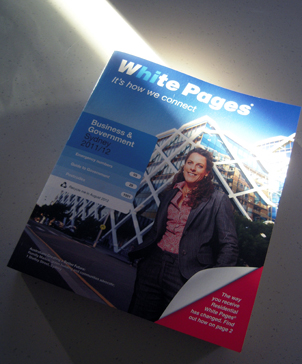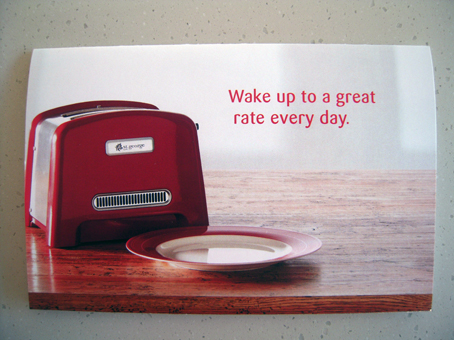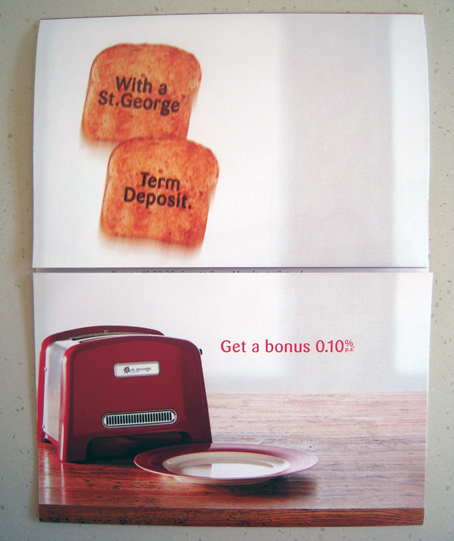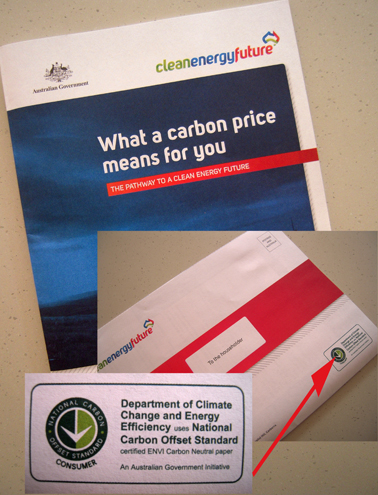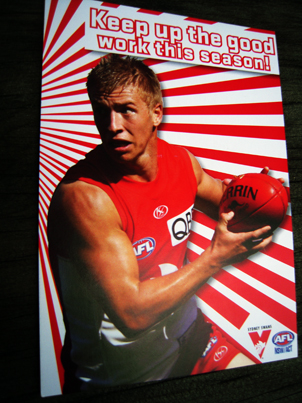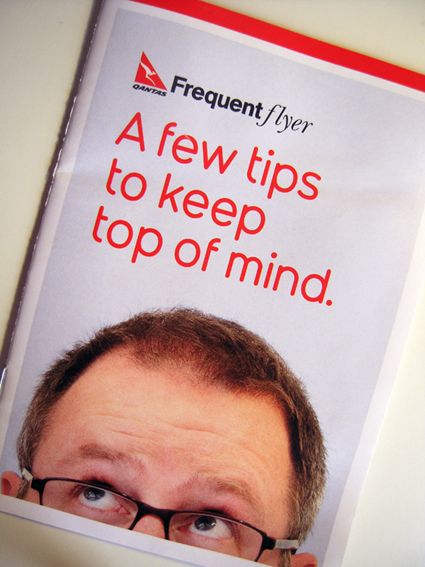Today we hit the mother lode in terms of ephemera, the pièce de résistance, the archetype for all other ephemera – the White Pages directory (although strictly speaking, it’s not ephemera at all because it is a book). In terms of useless daily print though, this is the grand daddy of them all (they first appeared in 1880), perhaps the single main item of print that consumers have in mind when they describe print as being wasteful, harmful to the environment and generally unloved. Who can ignore the piles of unwanted Yellow and White pages lurking in alley ways or lying in the lobbies of apartment blocks? It’s not a good look, a toxic reminder that people don’t use print.
These days the general consensus seems to be that anything the White/Yellow pages can do, the internet can do better. The past decade or so has seen a dramatic drop-off in directory printing and most experts now agree that it is a declining sector, at least in developed economies. This decline is only likely to accelerate with the spread of mobile computing.
Sensis, the publishers of the White Pages, has acknowledged as much with the announcement that, as of this year, residential White Pages will no longer be delivered automatically to every household: if you want a copy, you’ll have to ring up and get one or collect it from the post office. This will see a reduction in the number of White Pages books printed from about 1.4 million to just a few hundred thousand (this particular example delivered to our door is the Business and Government White Pages).
At the same time, the White Pages itself is getting smaller; this edition is 3-3.5cm smaller all round, although it is the same thickness (it is just 8 pages shorter than the previous edition). That means the type has also shrunk to the point at which standard entries are now barely readable, even with my glasses on. Any business hoping to get noticed in the White Pages had better pimp their listing by investing in some bold type. Sensis also offers a free ‘pocket sized magnifying aid’ for anybody who now finds the listings too small to see. Alternatively they could just hop online.
No doubt the shrinking White Pages delivers a significant cost saving, given that paper is the most expensive consumable used in their production, but it is also indicative of the increasing irrelevance of such directories, an instinctive response which seems to say: “Perhaps if I get smaller then maybe people won’t hate me as much”. Sensis describes it as being easier ‘to handle and store’.
All of this tends to over-shadow the fact that the White Pages is a remarkable print production, 1,016 pages of tiny type printed on little better than tissue paper, bound and trimmed in perfect order. The registration on my copy is slightly out on the early colour pages but, all in all, it’s an amazing artefact given the speed and volume of its production. Those extraordinary colour maps of the entertainment venues – almost unreadable without a magnifying glass – are incredibly detailed, often using just a single row of dots to delineate features. That’s very precise printing.
So what, you say, it’s still a waste of resources and harmful to the environment. Well, maybe, although Sensis itself is keen to point out that production of its books has been certified as being carbon neutral and the paper itself uses 40% recycled fibre. An awful lot of used and unwanted directories also get recycled, re-entering the production stream, or sit on bookcases as big, silent carbon sinks.
That’s not to say the White Pages doesn’t have an environmental impact – almost every human activity does, even online search – but at least its production is theoretically sustainable; almost every element that goes into the printing of the directories has the potential to be recycled or sourced from sustainable resources. The White Pages may look like a big waste of space but it’s not an environmental villain.
So what, you say, it still can’t compete with the speed and ease of an online search. Well, maybe, although – as a random example – I don’t know where, online, I would find the phone number of every single hospital, aged care centre, community health centre and early childhood centre in NSW, all on a couple of easy-to-read pages in alphabetical order. No doubt I could search for it and find it online (I did start searching the NSW Government Health site but after clicking away uselessly for a couple of minutes… hey, life’s too short); with the White Pages it took me 5 seconds to turn to ‘Health’.
True, the White Pages is not searchable in print form but that doesn’t mean that it isn’t often quicker for finding stuff than typing it into Google. My guess is that the reason why users prefer to search online is not that it is necessarily any quicker but because they are already sitting at their screens; consulting the White Pages actually means getting up and doing some heavy lifting. That’s indolence, not ease.
Besides, where else except in the White Pages would I be able to find out that the very first business in NSW, alphabetically-speaking at least, is A AAAAAAAAAAAAAAAAAAA Aardvark Finance Lenders. You can’t Google that.

